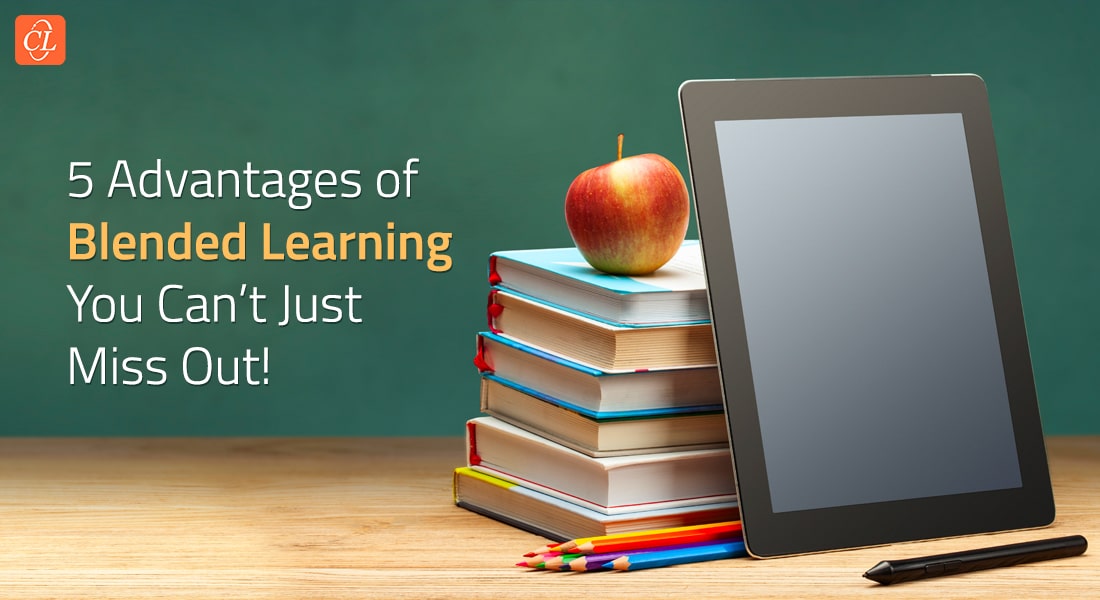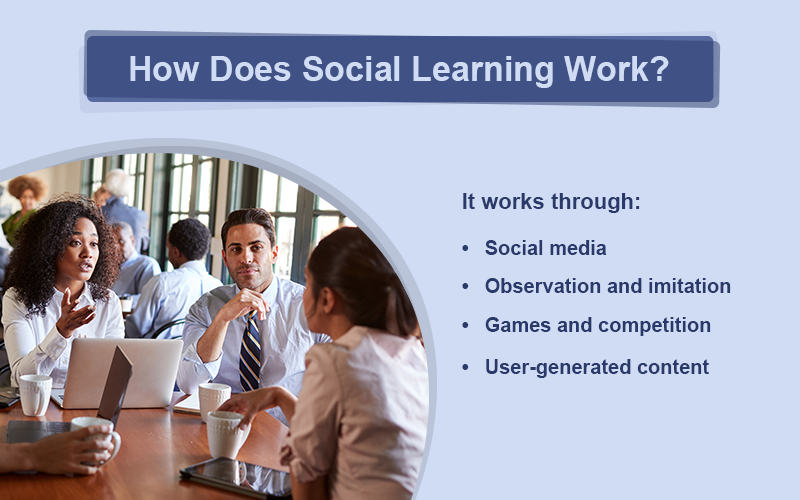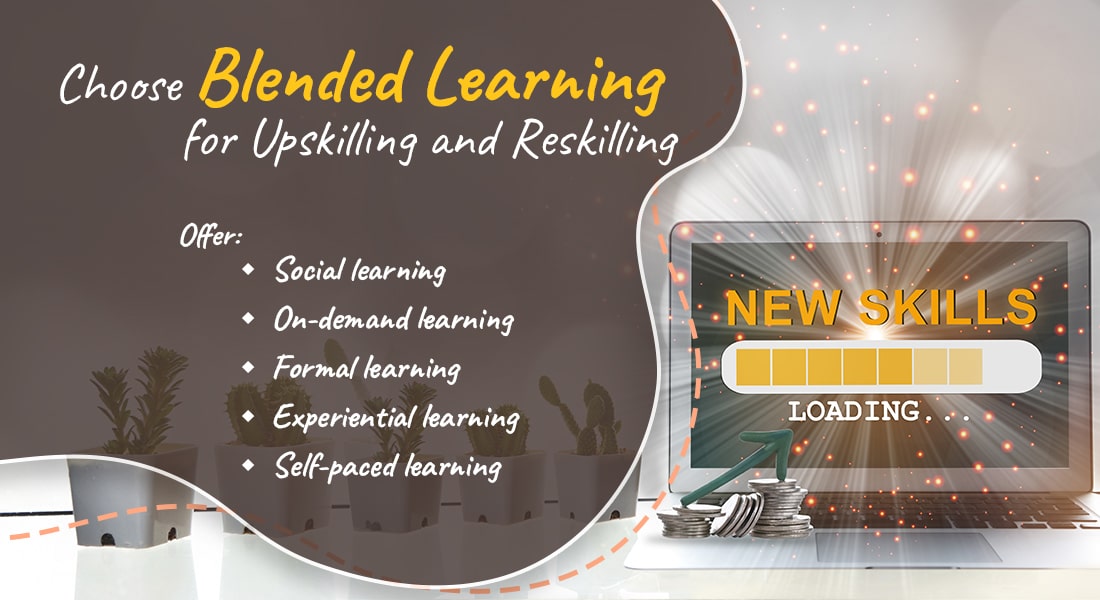A Sneak-Peek into Traditional Learning Systems

Historically, the primary educational technique was simple oral recitation. However, it is often deliberated that there isn’t a specific type of education, with the meaning of traditional education varying from the time and location it is carried out. But, learning experts are often faced with the predicament of understanding why the traditional training classroom environment hasn’t reformed in ages. The common understanding is that a traditional education system models around learners at desks, with teachers/instructors passing on knowledge.
But, is this model of education really effective? Traditional education is a customarily endorsed form of training that emphases on the ethics a culture considers significant. Modernist learning builds on the knowledge learners already possess, letting them concentrate on developing new concrete information, which improves retention. Traditional learning on the other hand, is based on repetition and memorization of specifics that learners may not find useful and which are usually forgotten after a test.
Let’s have a look at the traditional form of learning.
Learning is Pre-Packaged and Calendar-Based
The traditional classroom inherently places most value on pre-packaged learning resources, as opposed to learner-centered learning. Whereas, learner-centered learning places importance on the learner and shapes the course around the queries learners need answered, to comprehend the information. Also, it shouldn’t be forgotten that not every learner has the same stride of learning. While some learners are quick to follow and adapt to the pre-packaged learning resources, most of the other learners require time to analyze and understand the information that they are getting.
One more important point to be considered is that, learning styles differ from person to person. Expecting a kinesthetic learner to grasp a concept by just listening to a lecture is not a viable idea. Rather than concentrating on bigger concepts and considering learner context in the learning like the modern style of learning, traditional learning focuses on basic skills to simplify learning.
A point to consider is that traditional learning doesn’t persuade critical thinking skills. With pre-packaged learning resources, the ability to keenly harness the information acquired through experience and reasoning is missing. This style of learning, thereby, disrupts learners from delving into complex levels of understanding required for complex concepts and lifelong learning.
Another aspect of pre-packaged learning is that it is time-bound. Most learners are forced to complete their courses within a stipulated timeframe. The learning progression is thus devaluated, as learners are not inspired to understand the approaches, methods and skills required to find answers.
Instructor-selected Resources
There is a radical shift in the traditional learning, as a major portion of any traditional course is based out of textbooks, which forms the basis of the curriculum. Though there is a good amount of fit between the textbook and the training framework, the major sources of input is from the textbook.
A fundamental feature of effective teaching is the selection of right instructional content, which is apt for learners and fits the limitations of the teaching and learning environment. Instructor-selected resources have numerous limitations. Though the content is engaging and can hold the learner’s interest, it is not fundamentally interactive. To meet the necessities of a broad audience, the resources of the instructor can overwhelm learners seeking key information.
Instructors Set Goals and Expectations for Learners
Unrealistic expectations present learners with a conundrum. Instructors set goals and expectations, and they work hard to get the learners to internalize those. In a typical classroom, there are differential behaviors of the instructor that have direct outcomes on learning, and subsequently broaden the gap between the low- and high-achieving learners. Other instructor behaviors such as emotional feedback, impact learning indirectly, by affecting learners’ opinions about their capabilities, their expectations for success.
Instructors tend to favor learners who are high-achievers. A progressive and reverential rapport with the instructor gives learners the sense of security. This leads to active participation in class, which in turn promotes learning.
While traditional learning techniques are often compared and disapproved, owing to the technological advancements in modern learning methods, traditional methods cannot be entirely removed, to accomplish effective learning. Infusion of the traditional and modern learning techniques leads to a better rapport between the learners and instructors, creating an effective, fun and interactive learning experience.





